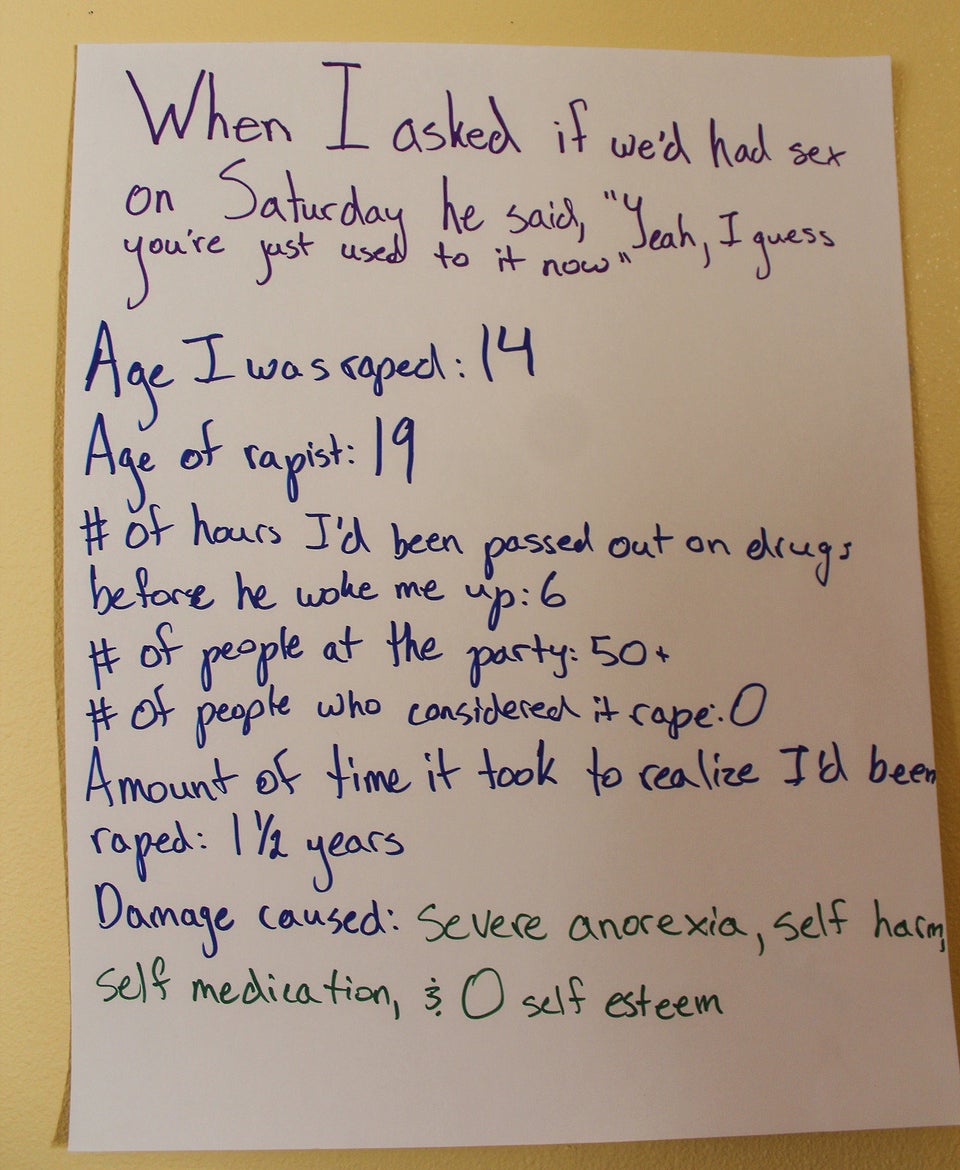
"The first person to tell me I was gang-raped was a therapist, seven years after the fact."
That's how New York Times bestselling author Jessica Knoll begins her riveting essay "What I Know," published in the March 29 edition of Lenny Letter. Knoll describes how her 2015 book Luckiest Girl Alive gave her the courage to speak up about being gang-raped at 15 years old.
Knoll's dark and twisty novel centers around a 28-year-old woman named Ani, who survived a violent sexual assault at a young age. (The book was a huge success, and Reese Witherspoon is currently producing the movie version of the novel for Lionsgate.) In her essay, Knoll wrote that as the book became popular, she was increasingly asked by readers whether the storyline was based on her real life.
"I dodge left by pointing to all the ways in which my fictional protagonist and I differ," Knoll wrote. "Ani’s heritage is Italian, mine is German. Ani is planning a wedding in Nantucket, I got married in New Jersey... I’ve been running and I’ve been ducking and I’ve been dodging because I’m scared. I’m scared people won’t call what happened to me rape because for a long time, no one did."
And now, after years of burying her trauma in the more sanitized, victim-blaming narrative she felt she was "assigned," Knoll is speaking her truth -- powerfully.
"I’ve come to a simple, powerful revelation: everyone is calling it rape now," Knoll wrote. "There’s no reason to cover my head. There’s no reason I shouldn’t say what I know."
And what she knows is both hard to read and important to absorb.
Knoll's essay recounts a party she went to when she was 15 years old, where she was gang-raped by three boys. After the assault, Knoll endured bullying and slut-shaming for the rest of high school.
"From then on, I submitted to my assigned narrative. What was the point in raising my voice when all it got me was my own lonely echo?" Knoll wrote. "Like Ani, the only way I knew to survive was to laugh loudly at my rapists’ jokes, speak softly to the mean girls, and focus on chiseling my tunnel out of there."
Her anger about the events of that night, however, stayed with her even after she left her hometown. "My anger is carbon monoxide, binding to pain, humiliation, and hurt, rendering them powerless," Knoll wrote. "You would never know when you met me how angry I am."
But, perhaps, speaking honestly about the trauma of rape (and the anger that almost inevitably follows) can be a part of the healing process. As Knoll wrote:
I know that I made the mistake of thinking that living well is the best revenge. That I figured out, eventually, that the appearance of living well is not the same thing as actually living well. And even if it were, revenge does not beget healing. Healing will come when I snuff out the shame, when I rip the shroud off the truth. If I were a victim of the other horrific crime in my book, I would talk about it openly. I wouldn’t pretend like it hadn’t happened to me, like I don’t still hurt about it, like I don’t still cry about it. Why should this be any different?
Knoll's essay ends on a particularly powerful note: "I’m not fine. It’s not fine. But it’s finally the truth, it’s what I know, and that’s a start."
Read Knoll's full essay over at Lenny Letter.

